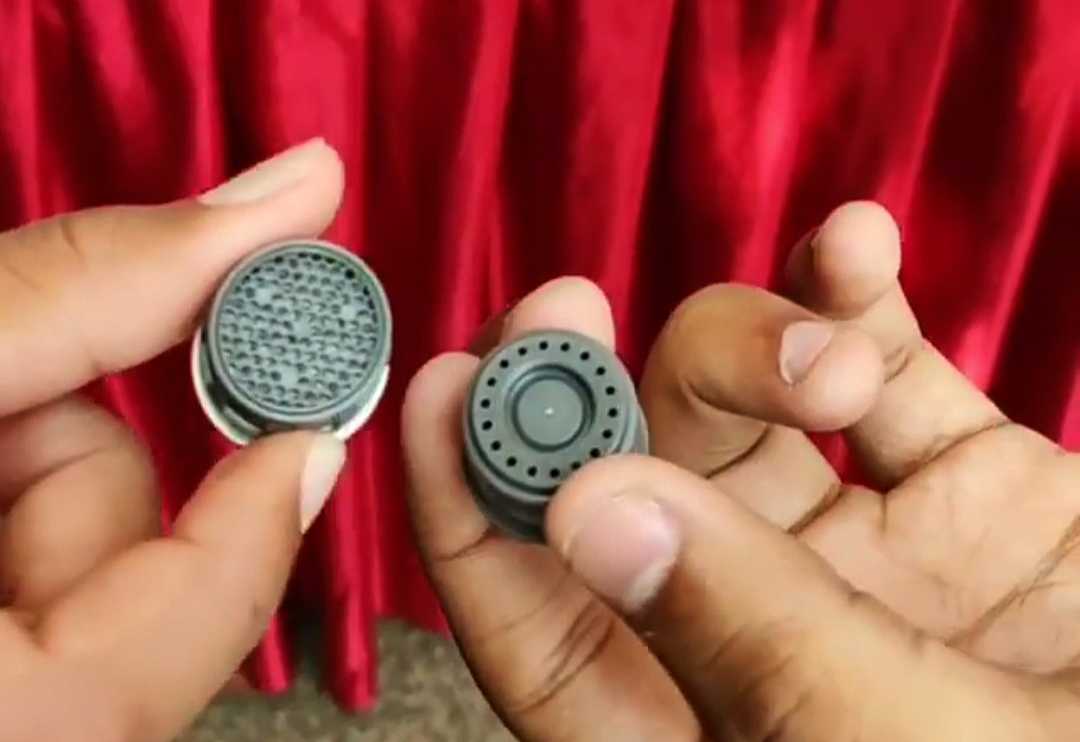Step 1: Read up! Air pollution is a loosely used term, but have you thought about what it is made of? Where do those individual pollutants come from? How are they produced? What issues do they create? How is air quality measured? Do we release air pollutants at home? Read some info here.
Step 2: Conduct an electricity audit to know your power consumption better. More info here (electricity audit link)
Step 3: Build your very own Air Quality Meter (AQM) by following the instructions here
Step 4: Connect your device to your Wifi. Instructions here
Step 5: Once you’ve constructed your AQM, be sure to mount it in a place with some distance from direct sunlight and rain. Some of the best places to mount your AQM are:
- Veranda
- Kitchen or Pantry
- Bedroom or Workspace
Step 6: Find information about the AQMs installed in Bengaluru, here. You can construct a similar database for your vicinity or city as well.
Step 7: Test your AQM by following this procedure
Step 8: Here are a few steps you can take to improve the air quality in your neighbourhood:
- Collect air quality data in your local neighbourhood.
- Grow an indoor plant like spider plant, dracaena, chrysanthemum, etc.
- Wet-mop tiled floors and vacuum carpeted floors regularly to reduce indoor air pollution.
- Grow grass to minimise loose soil in your garden.
- Avoid synthetic cleaners or air fresheners.
- Do not allow garbage burning in your neighbourhood.
- Get vehicle emission test done for vehicles in your neighbourhood and school.
Step 9: Find more information on how to use the AQM, here.
If you try out this DIY Air Quality Meter, share with us how you do it, any new things you observed or learnt, and the challenges you navigated through.
